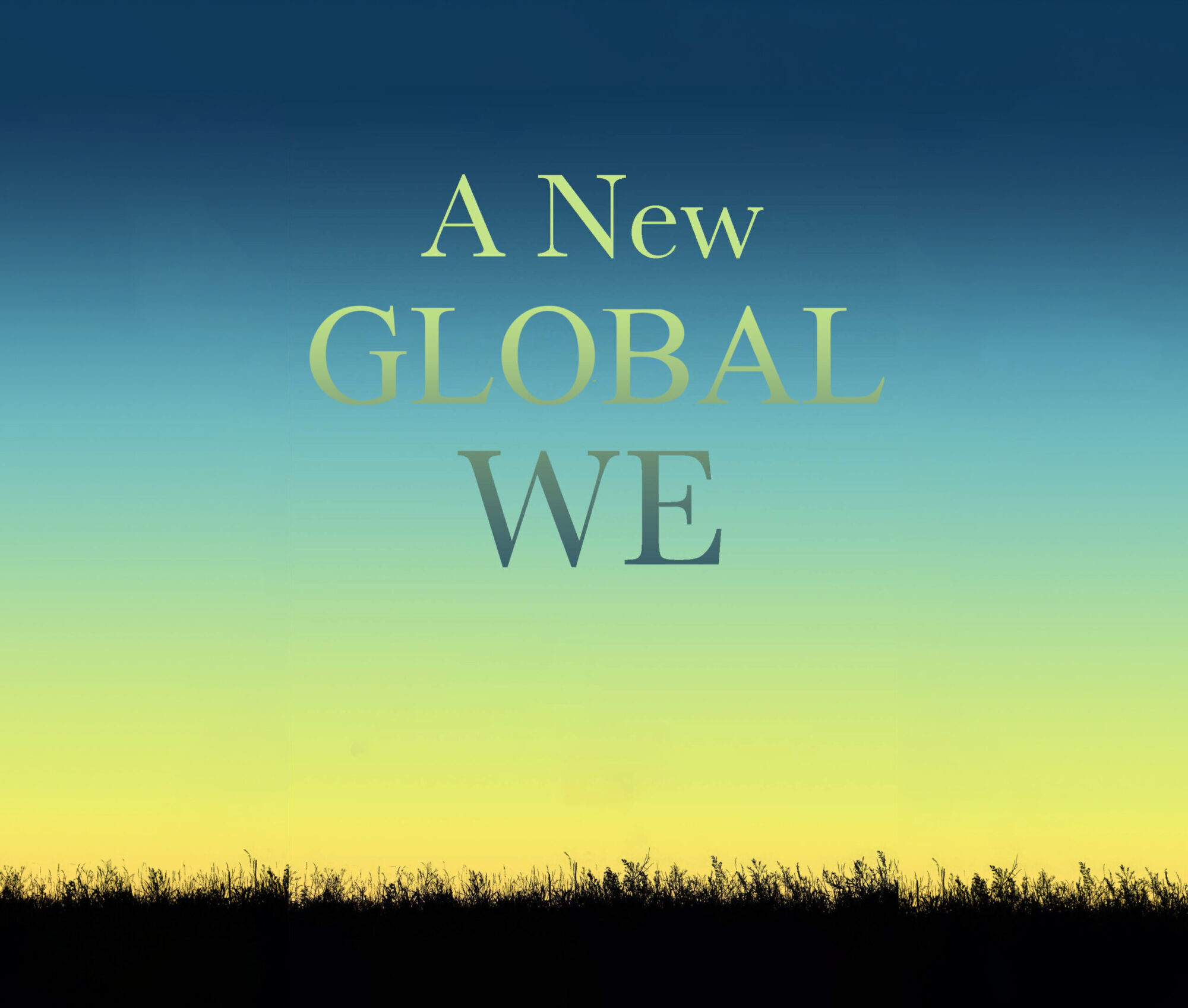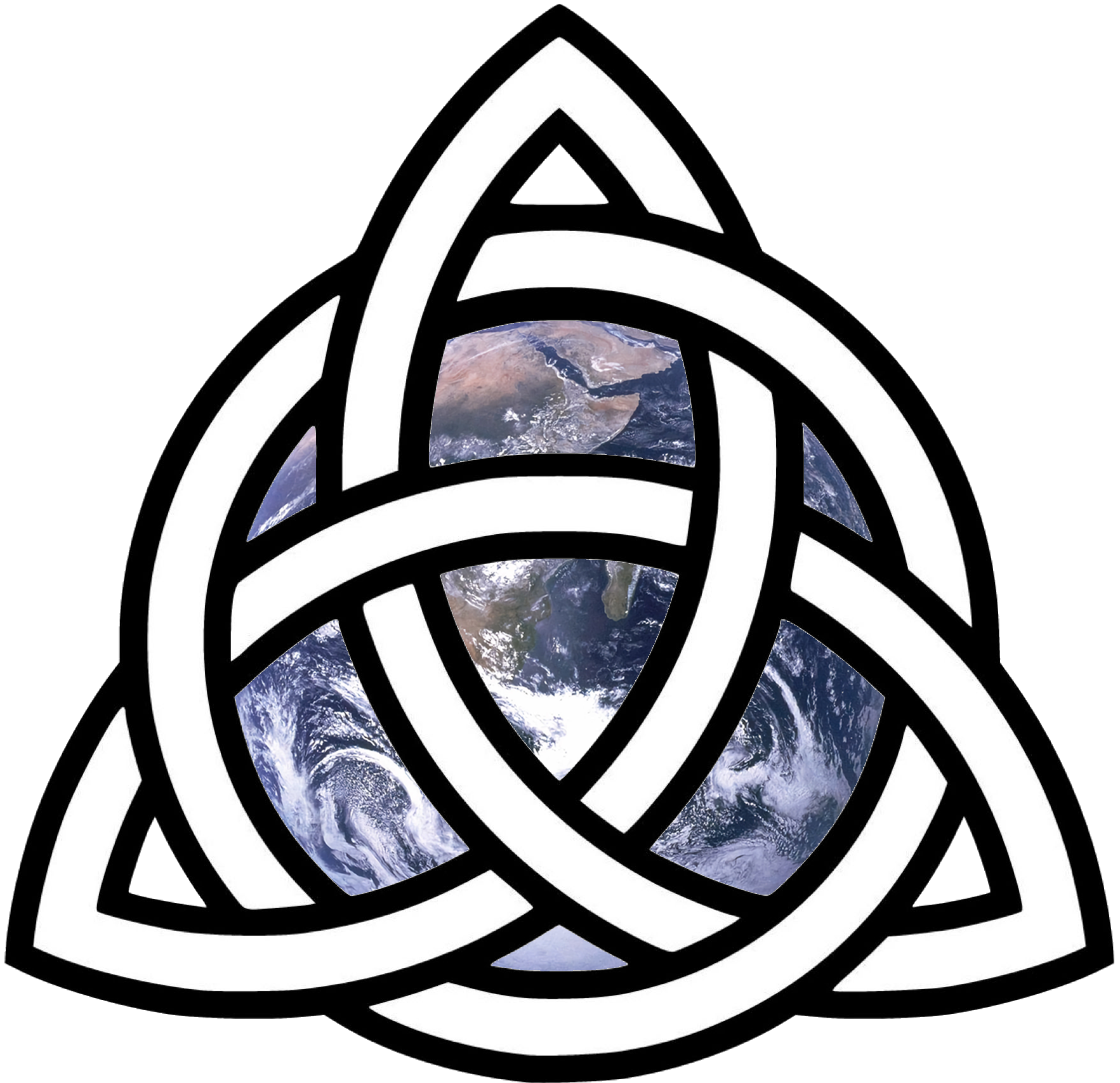Easter and spring came together in a powerful way this year, both suddenly exploding out of a cold winter, seeming to affirm the hope of new post-Covid possibilities as vaccinations increased beyond expectations and we began to speak of summer gatherings. And yet, there is still the daily news of virus variants and new surges and lockdowns which make us unsure, hesitant. I’m reminded of the opening lines of TS Eliot’s famous poem, The Wasteland:
April is the cruelest month, breeding
Lilacs out of the dead land, mixing
Memory and desire, stirring
Dull roots with spring rain.
from “The WasteLand”
By TS Eliot
Is April the cruelest month? Certainly, for someone living with uncertainty the things that may bring others joy can sometimes instead create more anxiety. Is that where we are now: facing into tantalizing spring which should fill us with hope, but instead adds to our sense of anxiety? Eliot captures the ambivalence in the lines that follow:
Winter kept us warm, covering
From “The WASTELAND
Earth in forgetful snow, feeding
A little life with dried tubers.
BY TS ELIOT
Hadn’t we become used to the world of Zoom with its sense of limited control: staying warm at home? Didn’t it bring its own forgetful comfort and security in the face of a frightening world? So, stepping out of that place is not easy. We feel exposed and vulnerable, like the people of Israel who turned on Moses after he has led them out of slavery but into a desert place of uncertainty:
“Why have you brought us up out of Egypt to die in the wilderness?”
Numbers 21:5
They had come out of slavery, certainly, but a slavery where the ‘forgetful snow’ of winter had kept them warm with its familiarity:
“We remember the fish we ate in Egypt that cost nothing, the cucumbers, the melons, the leeks, the onions, and the garlic.”
Numbers 11:5 NIV
I’d like to explore this place where I find myself in these early days of cruel April, for I imagine I am not alone here. Perhaps we can discover how to respond better, with more awareness; how to move with and within a world that clearly transcends our limited ideas of ‘back to normal’ and our little contrivances of hope. But let’s begin by getting in touch with this strange apparent contradiction of hope and uncertainty that we are experiencing:
A Mindfulness Exercise
Position yourself comfortably, relaxed, but alert – back straight, hands in your lap, eyes closed or ‘softened’ – to help you go within to a deeper place and a truer self.
Take three deep breaths, in through your nose and out through your mouth. Then breathe normally.
Follow your breath as it moves in and out. When thoughts arise, as they inevitably will, simply notice them and let them go. Think of them as clouds passing in a clear blue sky. Let’s do this for a few moments. Give yourself permission to be HERE, NOW…
In your mind, softly say the theme of this reflection that we might call ‘HOPE AND UNCERTAINTY’.
Now see if you can call to mind a memory of hope: perhaps a childhood waiting for Christmas or anticipating a favorite vacation; or expecting the arrival of a special friend:
What do you feel – alert, joyful?
What are the sensations in your body – warmth in your chest or belly?
What are your thoughts – imagining how it will be?
But now allow in uncertainty: What if my friend doesn’t come, what if I don’t get the hoped for gift:
What do you feel now – anxious, angry?
Notice that as a sensation in your body
See where your thoughts take you
Hold these two feelings for a few moments: Notice the tension…
Now gently return to where you are, to your body, to your surroundings; and when you are ready open your eyes.
So, what is hope then? And where does hope end and projection begin? Perhaps, more accurately, is hope simply something we make up to soothe ourselves and our children in the face of difficult circumstances? Or is it something more? And how does it deal with uncertainty? The poet, Mary Oliver, suggests that it is something more: something more fundamental, in fact, that drives us, no matter how we tend to feel in the moment. Her poem is called – appropriately enough – Morning Poem
Every morning
the world
is created.
Under the orangesticks of the sun
the heaped
ashes of the night
turn into leaves againand fasten themselves to the high branches—
and the ponds appear
like black cloth
on which are painted
islandsof summer lilies.
If it is your nature
to be happy
you will swim away along the soft trailsfor hours, your imagination
alighting everywhere.
And if your spirit
carries within itthe thorn
that is heavier than lead—
if it’s all you can do
to keep on trudging—there is still
somewhere deep within you
a beast shouting that the earth
is exactly what it wanted—each pond with its blazing lilies
is a prayer heard and answered
lavishly,
every morning,whether or not
Morning Poem
you have ever dared to be happy,
whether or not
you have ever dared to pray
By Mary Oliver
It’s worth reading a couple of times. Notice a word or a phrase that catches your attention.
Let me take up a couple of lines that touch me:
The first is ‘every morning the world is created’: not some mornings but every morning; and this world is created not improved or cultivated. I’m reminded of what Thomas Berry describes as thefirst and primary imperative of the universe: ‘differentiation’, by which he means the infinite of unique forms of life; no two forms the same; each of them ever-new and ever-fresh; like the ‘every morning’ that Mary Oliver writes about. Hope has something to do with the uniqueness of everything and every moment.
The description of the emergence of the leaves and the trees, and the ponds with ‘their islands of summer lilies’ is really a description of an expanding awareness, for they – the leaves and the lilies – were there all the time, in a sense. The suggestion is that hope is also about new – expanded – awareness.
Here, then, is where she begins her actual reflection on hope with her line – ‘if it is your nature to happy’. She notes that not everyone sees what is around them with the same eyes. But, more importantly, she adds that, even when they do, how they respond to this revelation depends on their ‘nature’. She emphasizes, though, that this is not a question of comparison for, as she continues, ‘and (not BUT) if your spirit carries within it the thorn that is heavier than lead’, implying not that one response is better than another, but rather that – for lots of reasons – our natures, and our responses, therefore, are simply different. Her apparent conclusion is that hope is not simply about choice or practice – though these do matter – but more about where we are in our lives. Nor is it about contrivance or projection, for the truth that we all in fact know at the deepest level where the beast – our essential, spontaneous self – shouts, is that:
..the earth is exactly what it wanted
The impulse to hope, then, is not something we make up to comfort ourselves, rather it is the impulse of Life itself in us and as us, that energizes the unfolding of the entire universe through everything that lives.
The Czech poet-statesman, Vaclav Havel captures the insight:
[Hope] is a dimension of the soul and is not essentially dependent on some particular observation of the world
Vaclav Havel
In other words, we are made to hope: we are hope enfleshed. And this is true even if we have forgotten or denied our true nature, which is precisely what our societies have caused us to do with their illusions of human separateness and superiority. Oliver finishes her reflection with a flourish proclaiming, as it were, this way of Life – of the earth, the universe, and every unique form of life::
each pond with its blazing lilies
is a prayer heard and answered
lavishly,
every morning,
whether or not
you have ever dared to be happy,
whether or not
you have ever dared to pray.
Now you can decide for yourself what a prayer is, though Mary Oliver actually offers us her own definition in another poem (Summer Day):
I don’t know exactly what a prayer is,
I do know how to pay attention…
So perhaps here is where we might begin to draw some of these apparently disparate threads of hope and uncertainty together. First of all, we don’t have to generate hope, the earth will do that for us, and the beast inside us will shout this out spontaneously. But, if we want to participate in this amazing world of life and death, of spring-life emerging again out of winter-death, we do have to pay attention.
Hope, then, is an orientation of the universal self – and of every individual self. It is an openness, even an entrusting of oneself to life, and, in this way, participating in the great work of Life/God’s becoming. Pushing against this reality is the cause of our miseries. In the Buddhist context it is attachment to our insistent illusions of separation and control.
Hope, finally, is a way of living in the world that consists of a vision that serves as a framework, the practice of paying attention (praying) that expands awareness, and thereby participating with life in a way that mitigates the uncertainty, fear, anger, resentment that we have received and internalized from our cultures, particularly our modern culture.
Lots of practical applications here and I am determined to try some of them. I’m going to more deliberately walk the spring paths of my world this year and pay attention to this world coming back to life – every morning as well as every season, as well as after every crisis – no matter how I feel or what I think: I’m going to dare to pray.
Mary Oliver adds a final critical piece to her reflection on hope and uncertainty when she connects daring to pray and daring to be happy. I have a hunch that the happiness we all want but seldom taste for all kinds of reasons – for all kinds of thorns that are heavier than lead – might actually be part of the deal.
I HOPE so…


